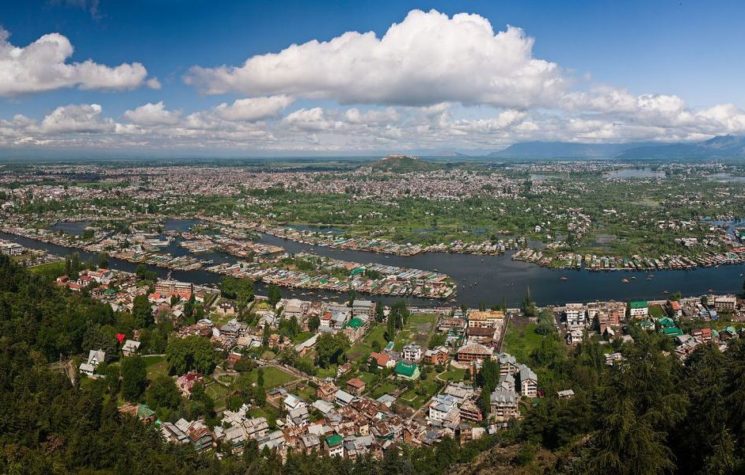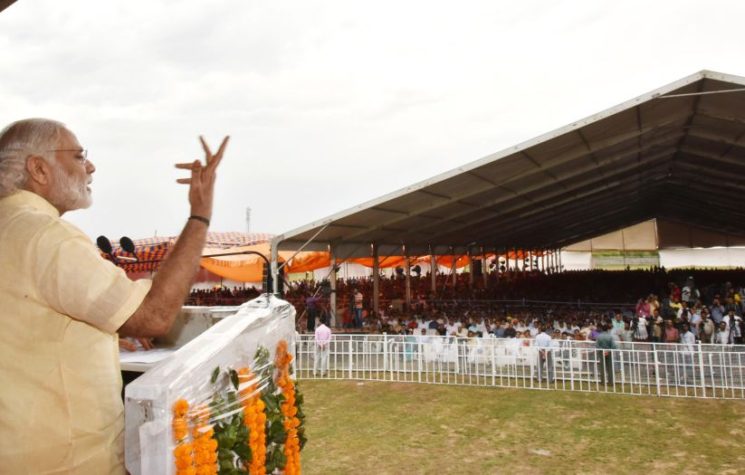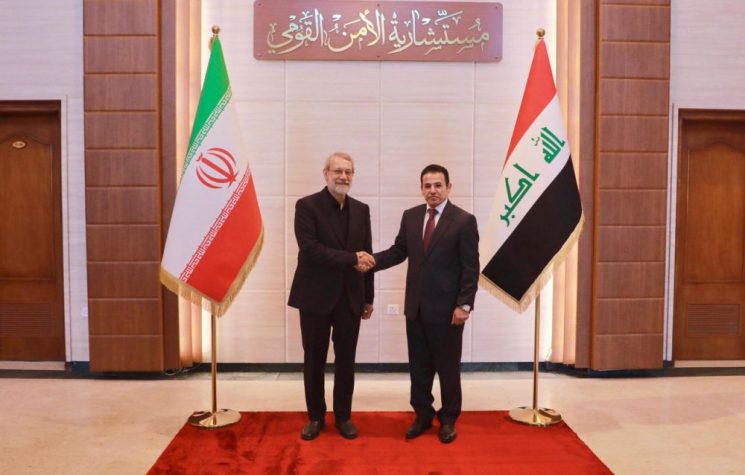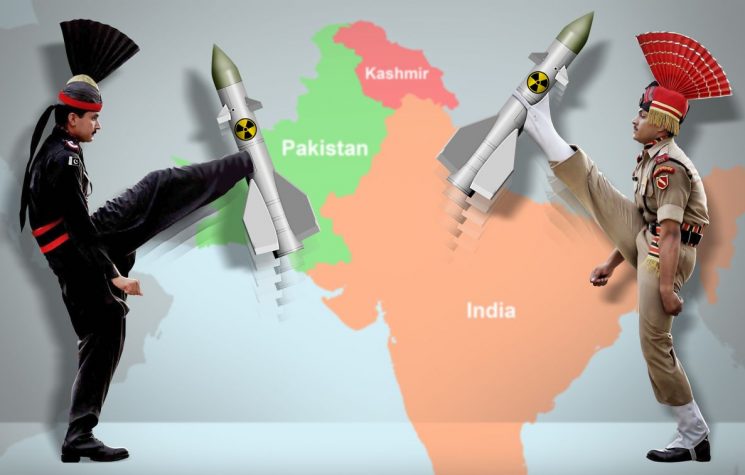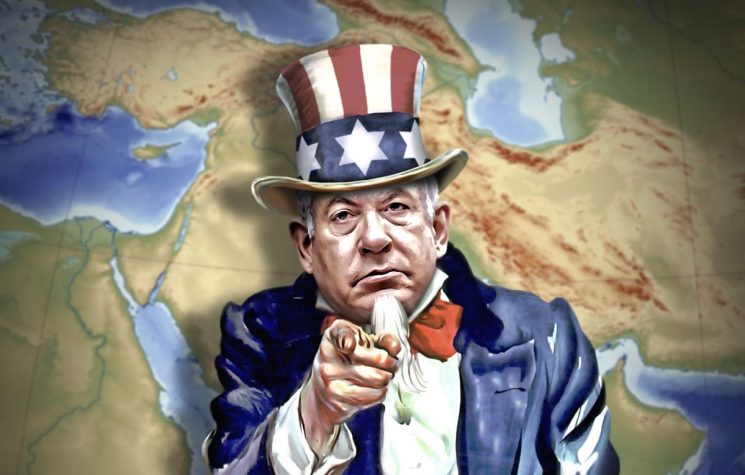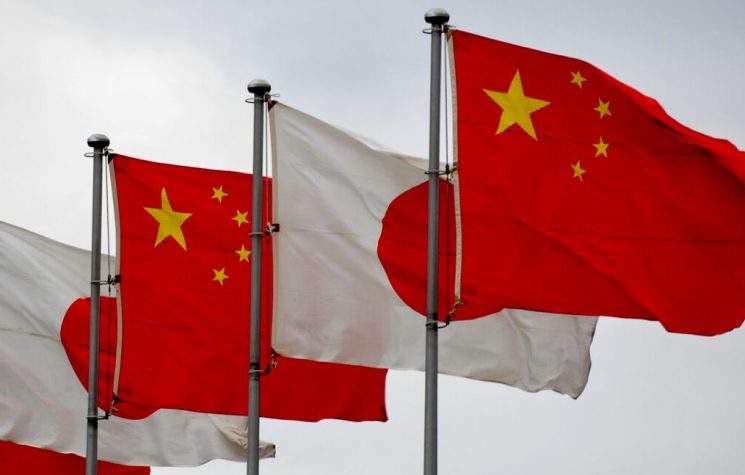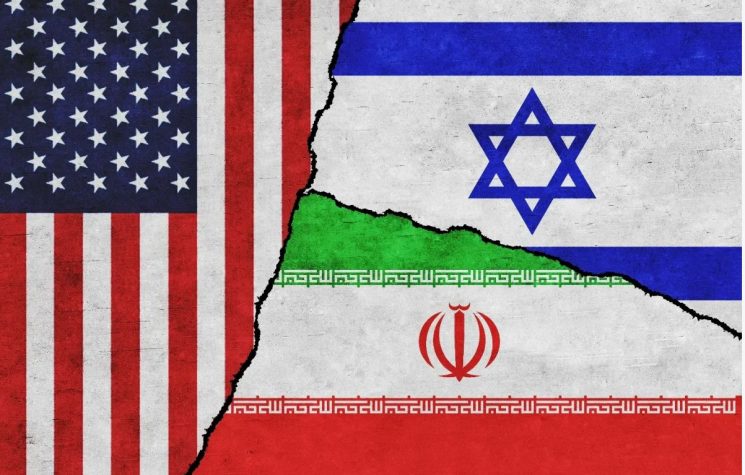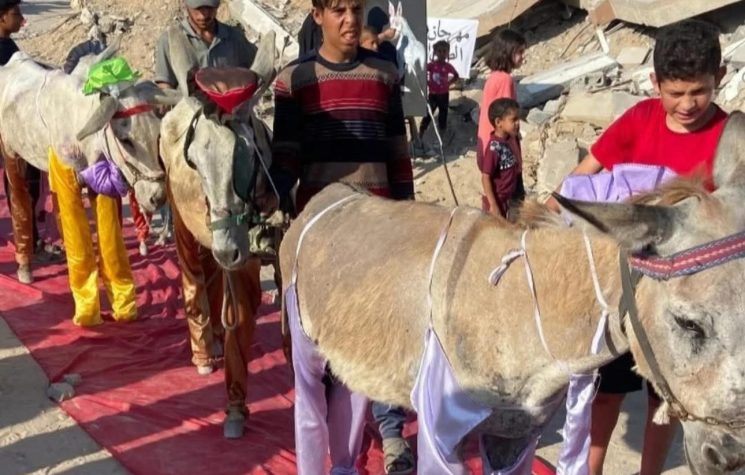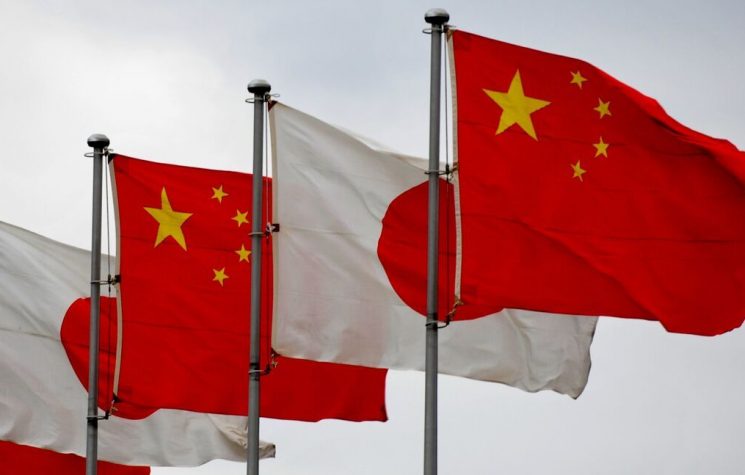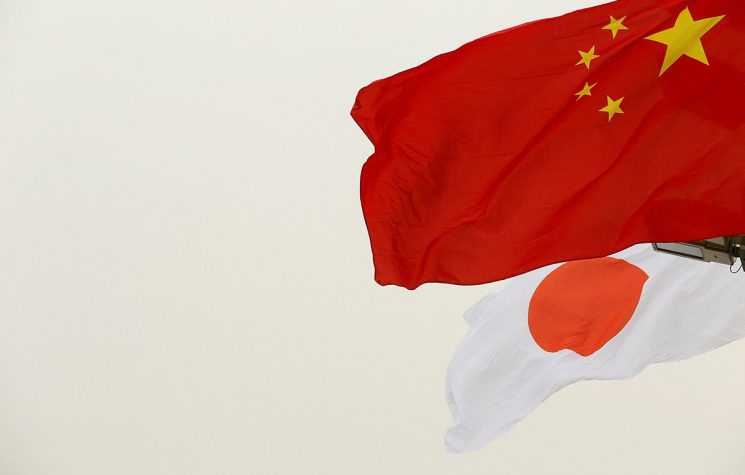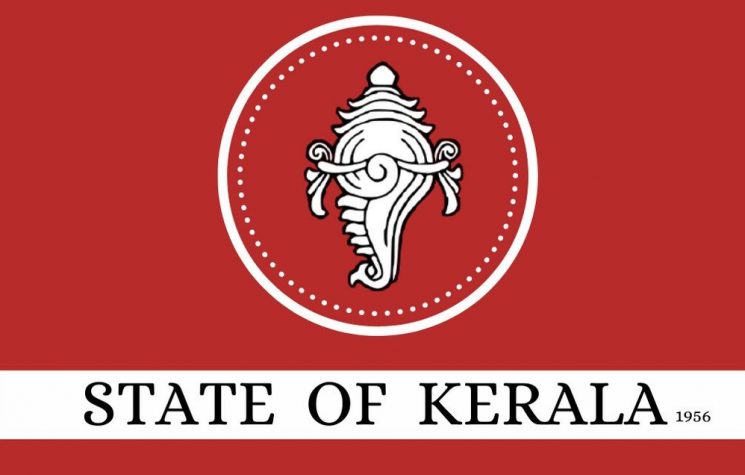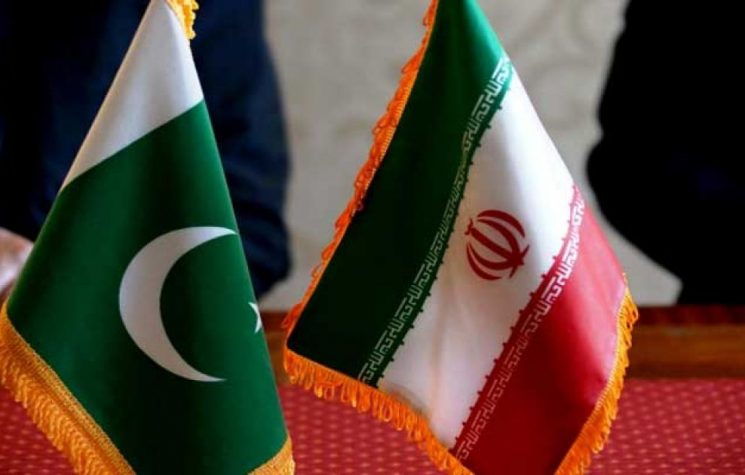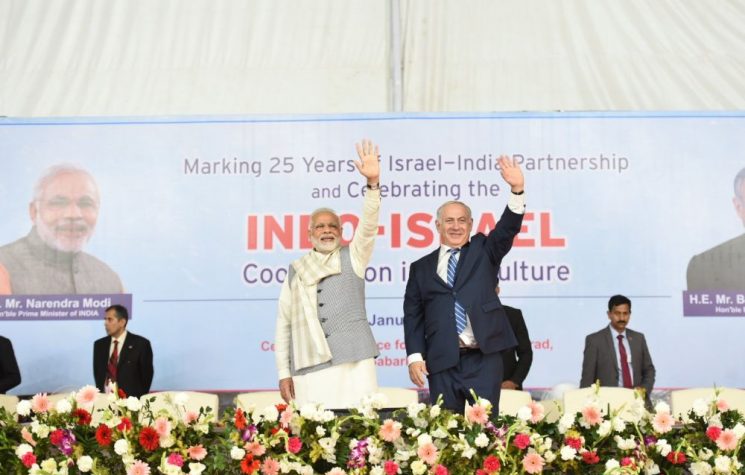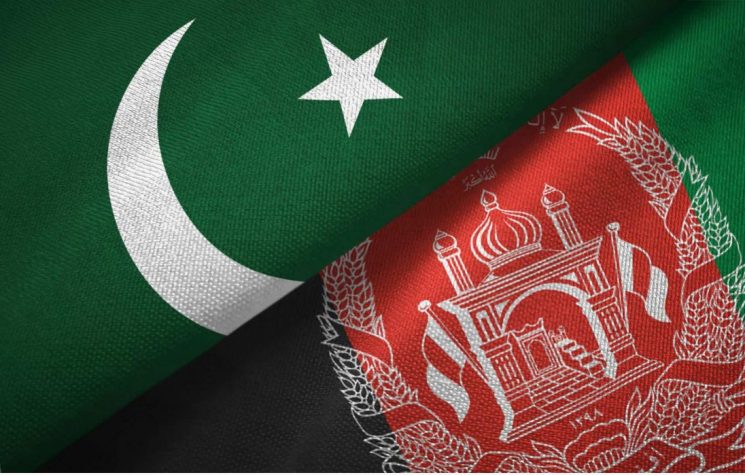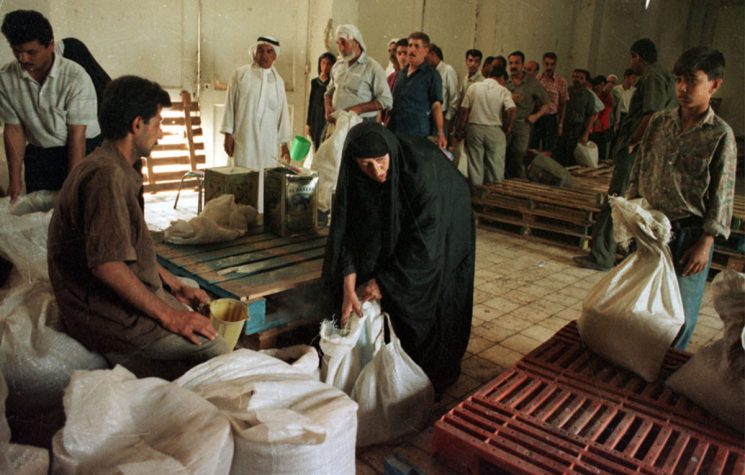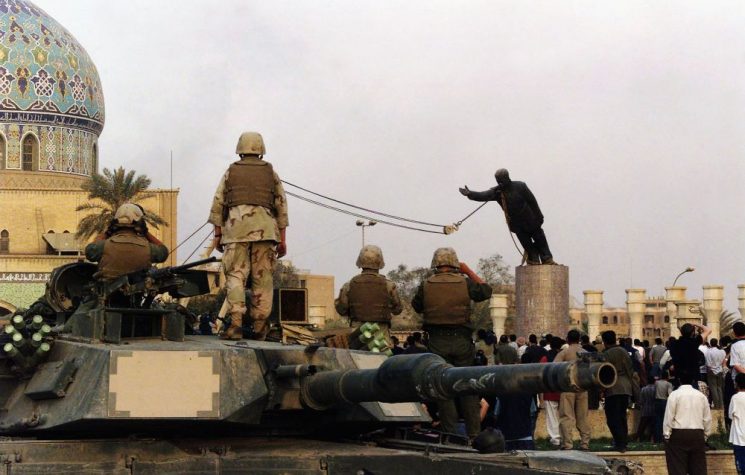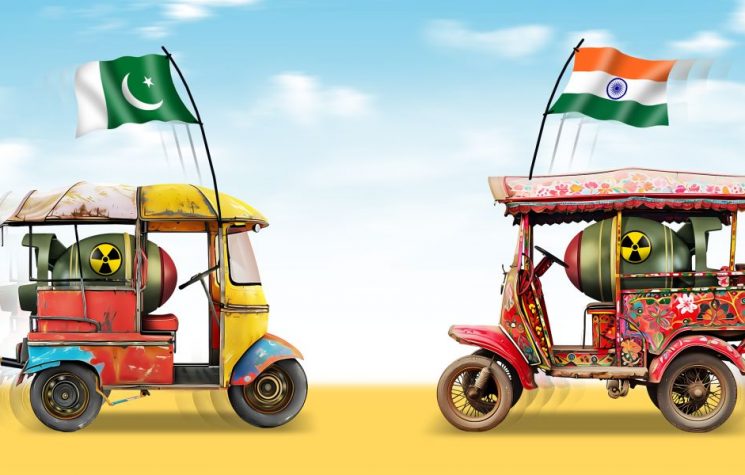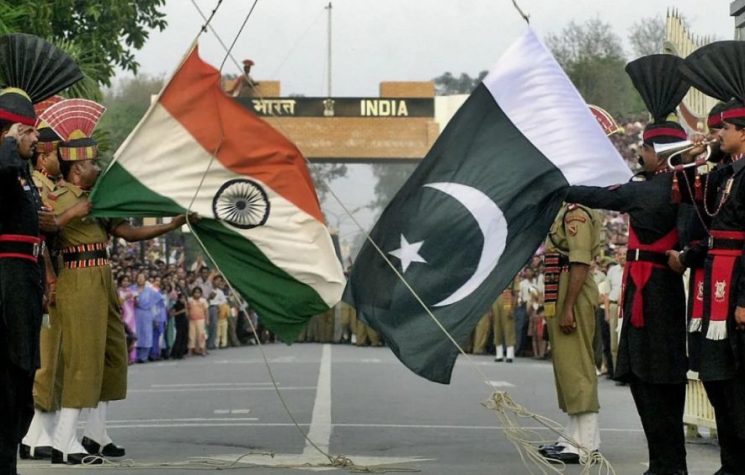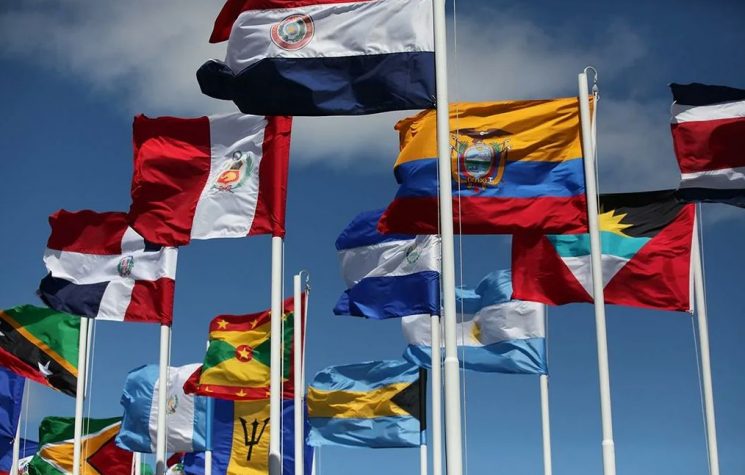India’s unilateral abrogation of the autonomous status of Kashmir, previously guaranteed by the Indian Constitution, is but a first step toward nations around the world taking steps to seize higher altitude land as global warming and sea-level rise increasingly cascade in intensity. Warming oceans, melting permafrost, glaciers, and ice sheets are rapidly affecting sea levels, especially during high tides.
Around the world, dormant and low intensity rival claims to contested territory in mountainous regions, from the Himalayan Range to the western Golan Heights in the Middle East and the territory of the Kurdistan Regional Government to southern Sakhalin Island, have been spurred on by current and projected rise in sea levels.
Governments are beginning to contemplate the movement of urban populations living at or slightly above sea level to more secure and sustainable higher altitude zones. Nowhere has this been more evident than in the region of Jammu and Kashmir, which sits at the western end of the Himalayan Mountains and for which there are territorial claims by India, Pakistan, China, and a Kashmiri independence movement. India views Kashmir as a future home for climate change refugees from coastal metropolitan areas like Mumbai, Kolkata, Chennai, Ghaziabad, Surat, and Faridabad. Annual monsoon rains are resulting in more intensive flooding in these urban areas.
Other than the political dimensions stemming from Indian Prime Minister Narendra Modi’s abrogation of Article 370 of the Constitution, which granted special autonomous rights to the state of Jammu and Kashmir, the action also scraps the provision that had banned land sales in the state to non-residents of Kashmir. The majority Muslim population of Kashmir now fears that there will be a rush to buy land by wealthy Hindus, especially from Indian cities threatened by increased flooding.
The blitzkrieg swiftness by which Modi altered Jammu and Kashmir’s status from an autonomous state to the bifurcated “union territories” of Jammu and Kashmir and Ladakh has observers on the subcontinent and beyond convinced that a major land grab is now imminent for the western Himalayan region. By executive fiat, Modi ordered additional Indian troops into the former state, supplementing the half-million Indian armed forces personnel already stationed in Kashmir. Indian forces imposed a draconian curfew in Kashmir and all telecommunications, including landlines, were severed with the outside world. Religious pilgrims and tourists were ordered to leave Kashmir immediately with Indian Air Force planes flying many stunned visitors out of the area. More than 500 Kashmiri political and religious leaders, including three former chief ministers of the now-abolished government in Kashmir, were arrested by Indian security forces.
Pakistan suspended the Friendship Express train service with India. In addition, Indian and Pakistani border troops exchanged fire along the volatile border, known as the “Line of Control,” in the Rajouri sector. Pakistan also announced the expulsion of the Indian High Commissioner in Islamabad and a suspension of trade with India.
There are current fears that Modi will next move to abrogate Article 371 of the Constitution and eliminate the special status of the mountainous states of Nagaland, Sikkim, Assam, Manipur, Sikkim, Mizoram, and Arunachal Pradesh in the eastern Himalayas, which would result in the lifting current restrictions on the sale of land to outsiders. The governments of the Himalayan nations of Nepal and Bhutan are increasingly suspicious about the wider territorial ambitions of Modi, a right-wing Hindu nationalist, on the future independence of their countries.
Modi’s actions are generally similar to China’s moves in Tibet and Sinkiang, where there is a policy of populating the regions with ethnic Han Chinese from the densely populated coastal areas of eastern China. The increasing acquisition of land for Han-populated residential areas comes at the expense of Buddhist ethnic Tibetans and Turkic-speaking Muslim Uighurs in Sinkiang.
There is evidence that given the closer ties between India and Israel that Modi’s move on Kashmir was encouraged by Israel. Kashmir has become a favorite destination for Israeli tourists and Israel Defense Force mountain warfare trainees. Moreover, Trump’s recent unilateral recognition of Syria’s Golan Heights and Jerusalem as Israeli sovereign territory sent a clear green light to Modi that, as far as Washington is concerned, he could officially absorb Kashmir into India without raising even an eyebrow in Washington.
What makes matters worse with the land grab for Kashmir is that India is officially laying claim to other parts of Kashmir currently occupied by Pakistan and China. Pakistan controls “Free Jammu and Kashmir, known as “Azad Kashmir,” along with Gilgit-Baltistan. China controls Aksai Chin, which is administered as part of Hotan County in the restive Xinjiang Autonomous Region. Presenting a recipe for disaster, three nuclear-armed nations brandish competing claims to prized high altitude territory that is suitable for the relocation of displaced climate refugees from coastal urban areas. The possibility for the first exchange of nuclear weapons between nuclear-armed states has risen exponentially with Modi’s move. India and Pakistan have fought several large and smaller wars over Kashmir since 1947 and the possibility that another conventional armed skirmish could go nuclear should not be underestimated.
The reaction of Pakistan and China to India’s move has been predictably inflammatory. The Chinese Foreign Ministry reiterated that India’s absorption of Ladakh involves “Chinese land.” Pakistan officially views India’s abrogation of Kashmir’s special status within the Indian Union as “illegal.” Pakistan also stated that it would “exercise all possible options” in reaction to India’s move.
The wars for fresh water supplies and higher altitude territory has commenced. Israel’s absorption of the Golan Heights and its proximity to the fresh water Sea of Galilee is an insurance policy for the eventual resettlement of climate refugees from inundated portions of Tel Aviv and Haifa.
Iraq is reinforcing its sovereignty claims to the mountainous territory currently government by the Kurdistan Regional Government in northern Iraq. Sea level increases are already affecting Basra, which sits along the marshy Shatt al-Arab river. The city is also ready experiencing seawater intrusion into the Shatt al-Arab, which has resulted in unsuitable water for drinking and crops. A shift in the population of the largely Shi’a population of the area northward to mountainous areas is not a question of if but when.
Japan has recently been flexing its muscles over its former territories in the Kurile Islands and South Sakhalin, which are currently part of the Russian Federation. As sea-level increases and parts of Tokyo, Osaka-Kobe, and other major coastal cities in Japan become uninhabitable, the mountainous areas of what Japan calls its “Northern Territories” will become increasingly coveted, setting the stage for a further increase in tensions in the already volatile northeastern Asia.
Argentina’s and Chile’s shared freshwater-abundant and highly arable Patagonia region is attracting wealthy land purchasers from around the world – including the United States, Israel, France, Italy, Denmark, the United Kingdom, and increasingly, climate change threatened Netherlands and Dubai. This land rush is taking place even as the Patagonian icefields are melting. The joke in Argentina is that the foreigners are buying up what has been described as the extremely remote “end of the world” for the actual “end of the world.” The same is true of an increasingly habitable Greenland, which has recently attracted prospective investors from China.
Wars were once fought over natural resources, ideology, and religion. Today, the old rule book as been superseded. It is now a fight for survival and the countries that conquer the higher altitude regions with livable climates and natural resources will remain after over-populated coastal areas succumb to oceanic deluges.











